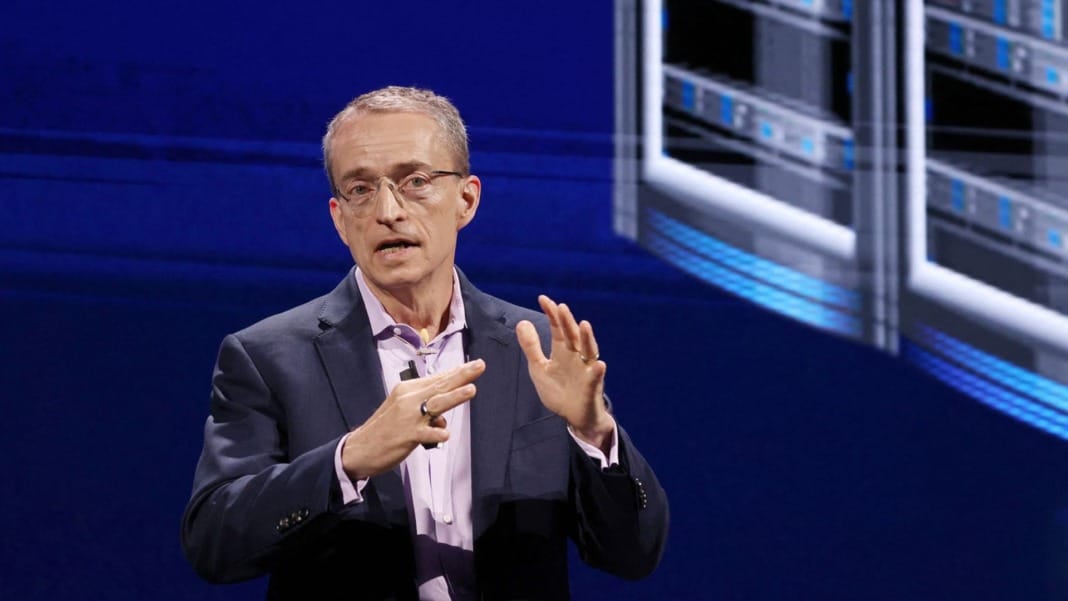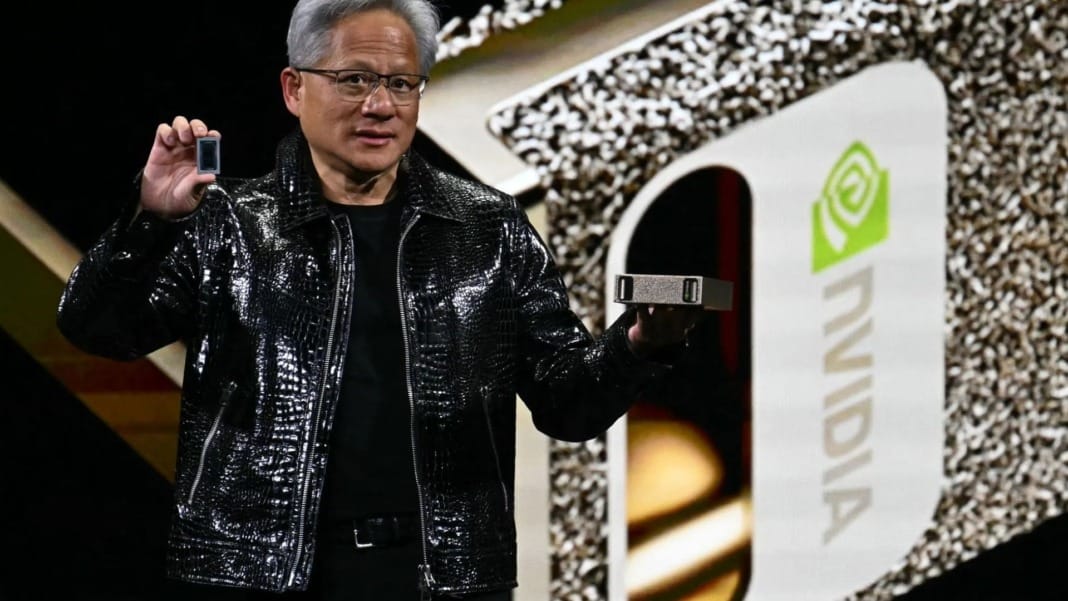DeepSeek, an emerging name in artificial intelligence, has made waves in the tech industry with its new open-source AI reasoning model, R1. The model has proven to be a high-performing, cost-effective alternative to leading AI solutions, causing a significant shift in the market.
Last month, DeepSeek revealed it had trained R1 using a data centre with around 2,000 of Nvidia’s H800 GPUs. The training process, which lasted approximately two months, cost US$5.5 million. Despite this modest investment compared to the billions spent by industry giants, DeepSeek’s latest paper claims R1 matches the performance of the world’s most advanced reasoning models.
The reaction has been swift and intense. The announcement led to a notable drop in Nvidia’s stock price and propelled DeepSeek’s consumer app to the top of the app store charts. Many in the tech industry see this as a game-changer for AI development.
Pat Gelsinger praises DeepSeek and adopts R1
Pat Gelsinger, former CEO of Intel and now chairman of his startup, Gloo, is among those celebrating DeepSeek’s achievement. Gelsinger, a veteran hardware engineer, left Intel in December after a four-year tenure during which he attempted to position Intel’s AI GPUs, such as the Gaudi 3 AI, as competitors to Nvidia’s dominance.
Taking to social media, Gelsinger expressed enthusiasm for R1, stating, “Thank you, DeepSeek team.” He highlighted three key lessons for the tech industry: lower costs drive wider adoption, constraints inspire innovation, and open-source models can reset the increasingly closed AI ecosystem dominated by companies like OpenAI and Anthropic.
Wisdom is learning the lessons we thought we already knew. DeepSeek reminds us of three important learnings from computing history:
— Pat Gelsinger (@PGelsinger) January 27, 2025
1) Computing obeys the gas law. Making it dramatically cheaper will expand the market for it. The markets are getting it wrong, this will make AI…
Gelsinger’s startup, Gloo—a platform that provides messaging and engagement tools for churches—has already adopted R1. The company is building an AI-driven service called Kallm, offering chatbot functionality and other features. According to Gelsinger, his engineers are actively using R1, and the company plans to rebuild Kallm from the ground up using DeepSeek’s open-source model within the next two weeks.
“R1’s affordability means we can create better AI solutions faster. This isn’t just about access to AI—it’s about access to high-quality AI,” Gelsinger remarked. He envisions R1 enabling superior AI across everyday devices, from smart rings to electric vehicles.
Industry divided over DeepSeek’s breakthrough
While Gelsinger and others celebrate DeepSeek’s innovation, the reaction has been mixed. Critics have questioned the cost-effectiveness of the training process and suggested the company might have underreported expenses. Others speculated that DeepSeek might have used higher-end chips, potentially circumventing U.S. export restrictions on AI chips to China.
Some sceptics also pointed out areas where R1 underperforms compared to existing models and argued that OpenAI’s upcoming model, o3, may soon overshadow R1. Despite these doubts, Gelsinger remains confident, stating that all evidence points to DeepSeek achieving training costs 10 to 50 times lower than OpenAI’s o1 model.
Gelsinger believes DeepSeek’s approach proves that AI advancements don’t need to rely on ever-increasing hardware and computational resources. Instead, engineering ingenuity can drive meaningful progress.
Privacy and geopolitical concerns
The fact that DeepSeek is a Chinese developer has raised concerns about privacy and potential censorship issues. However, Gelsinger dismissed these fears, noting that DeepSeek’s success reminds us of the value of open ecosystems, even if it comes from an unexpected source.
“Having the Chinese demonstrate the power of openness is humbling for the Western tech community,” Gelsinger said.
As DeepSeek’s R1 continues to disrupt the AI landscape, it’s clear that the debate over its impact and implications is only just beginning.





